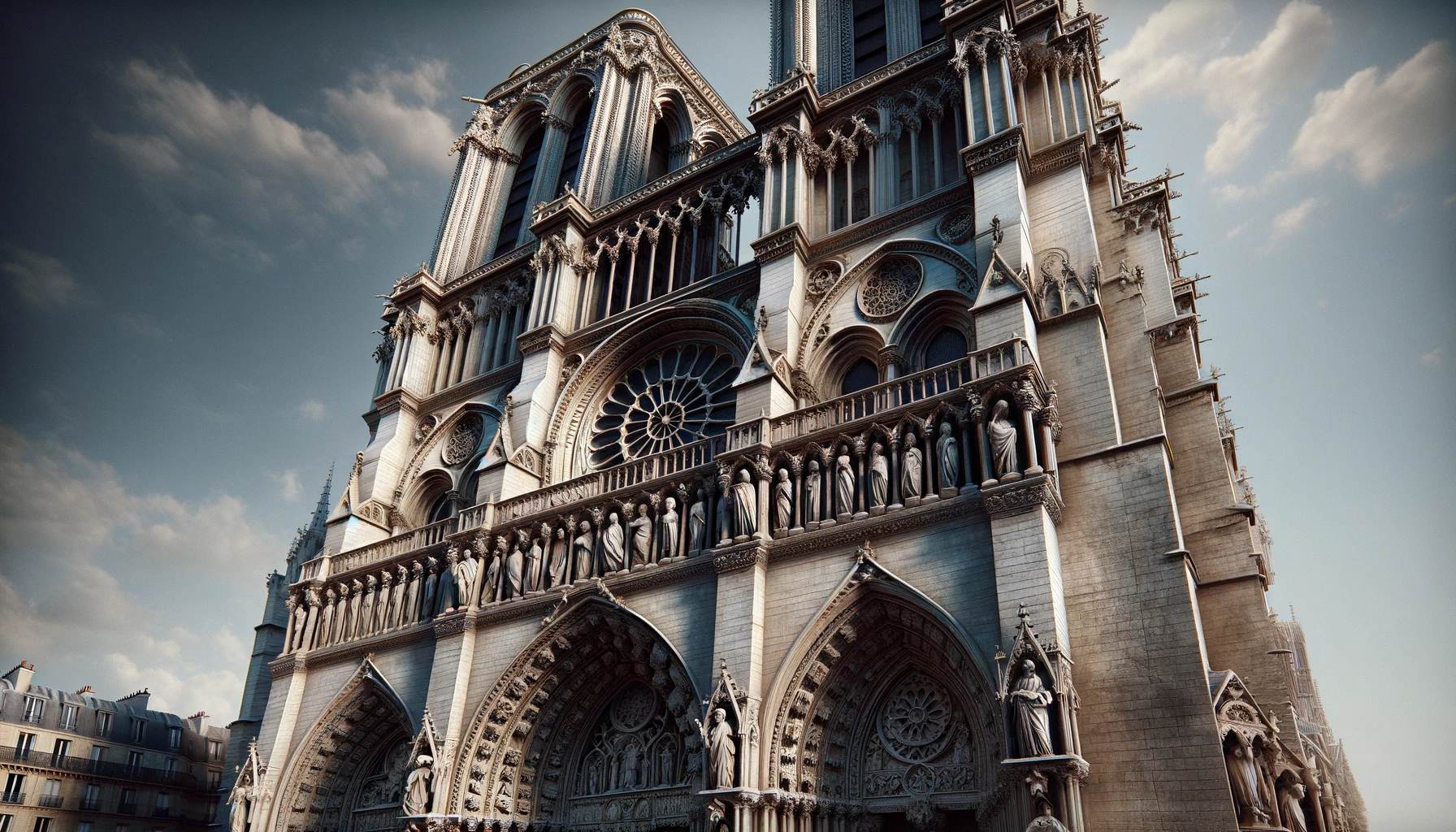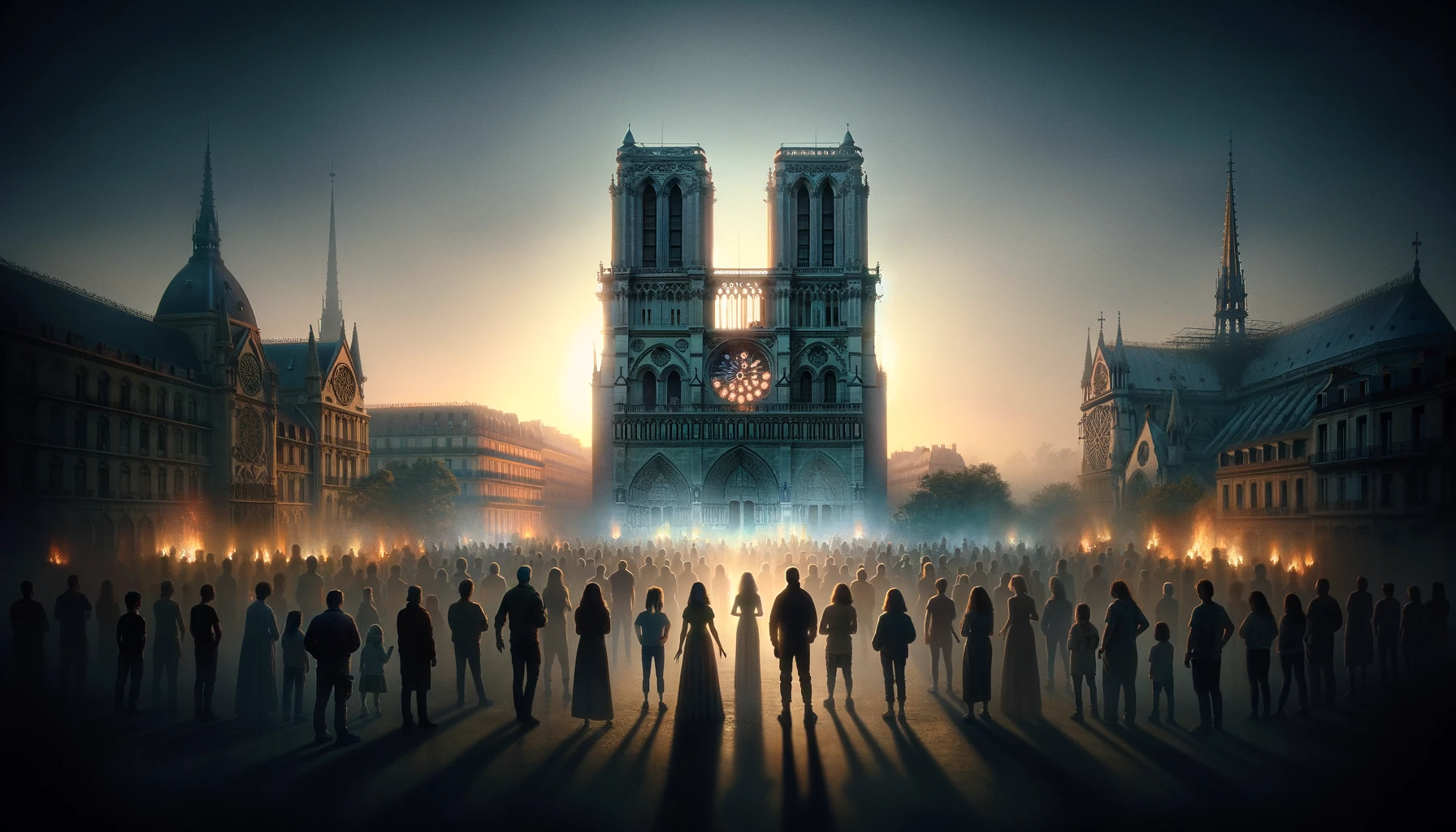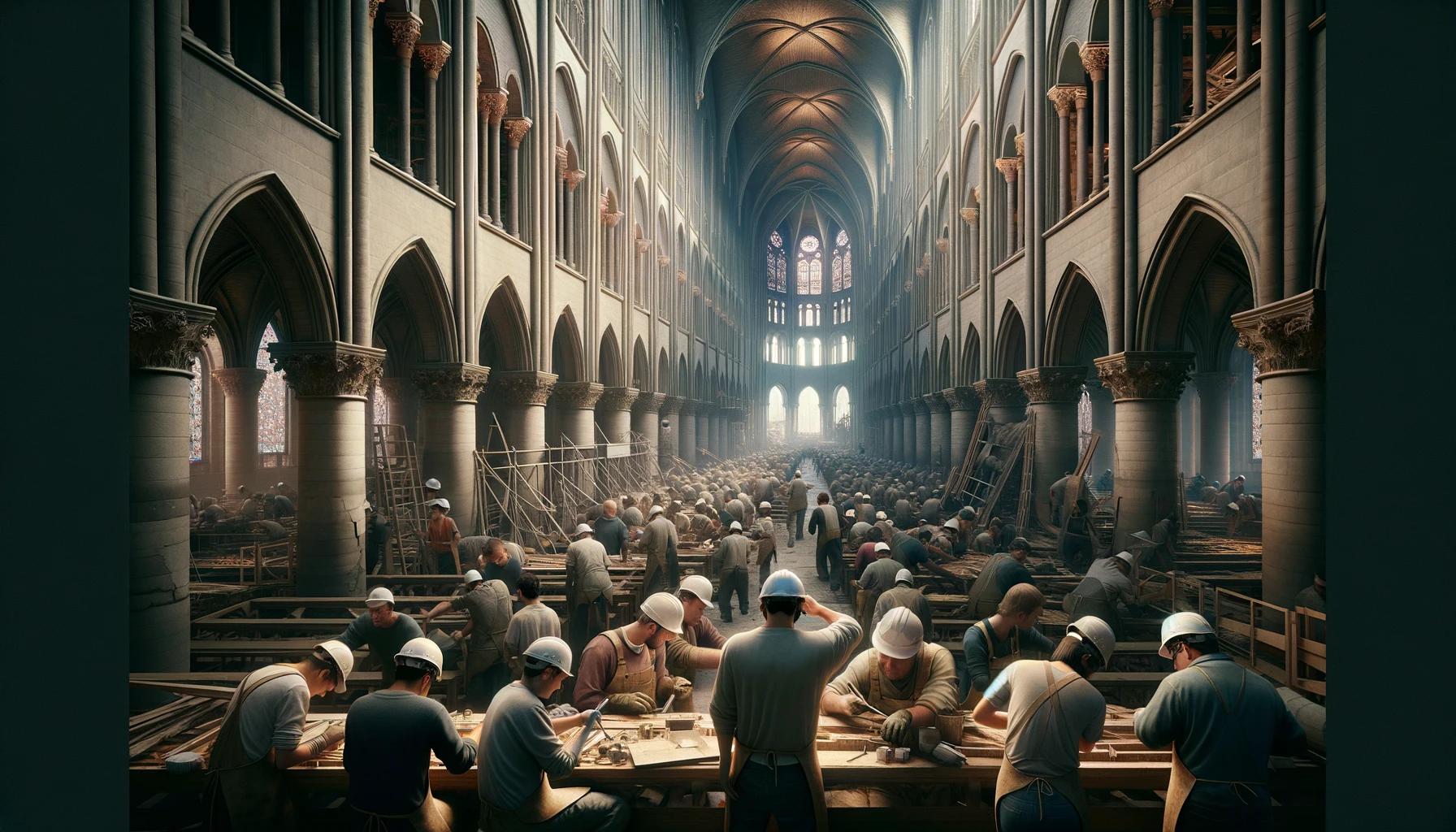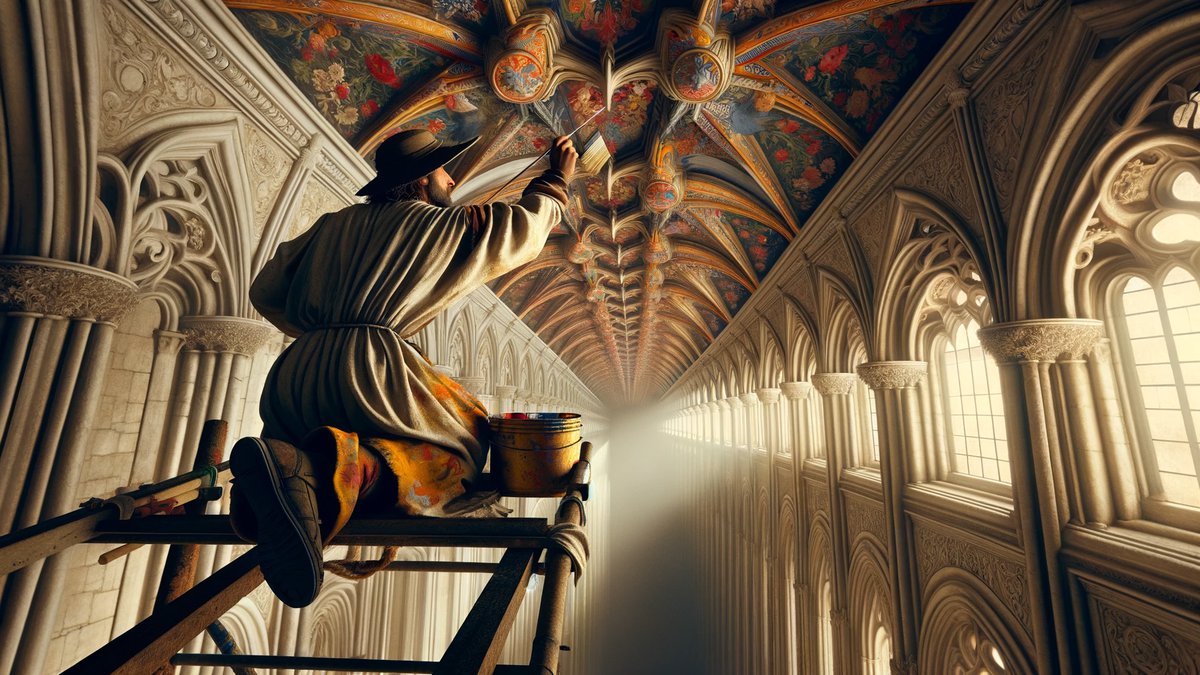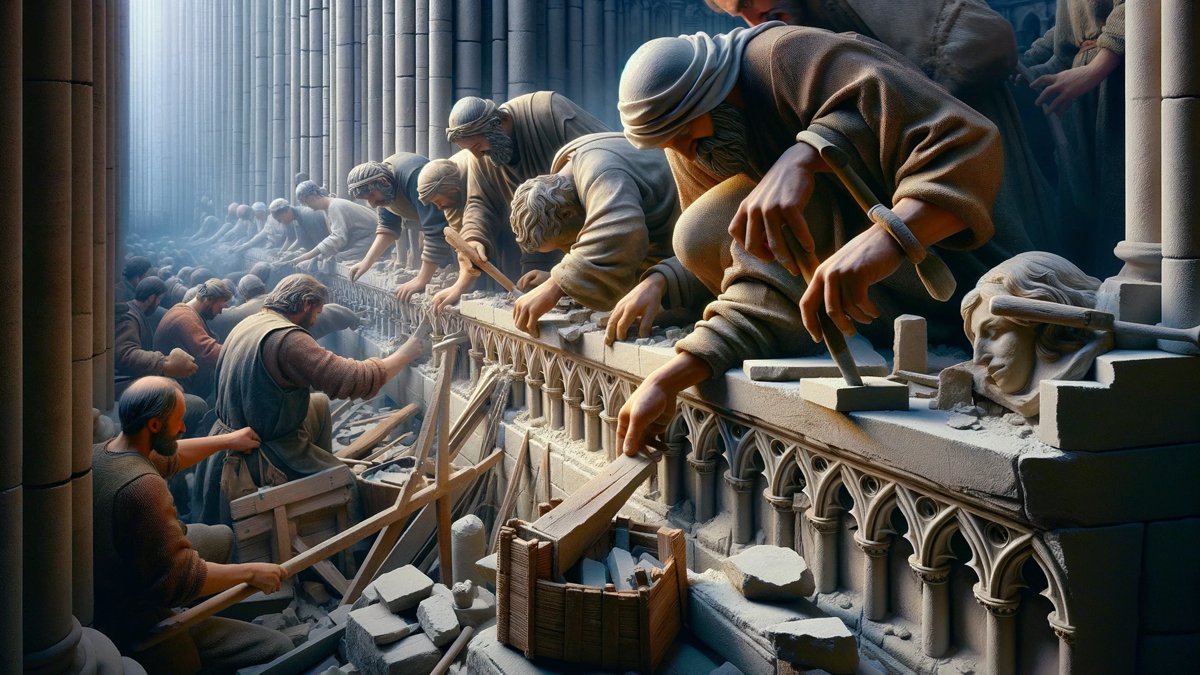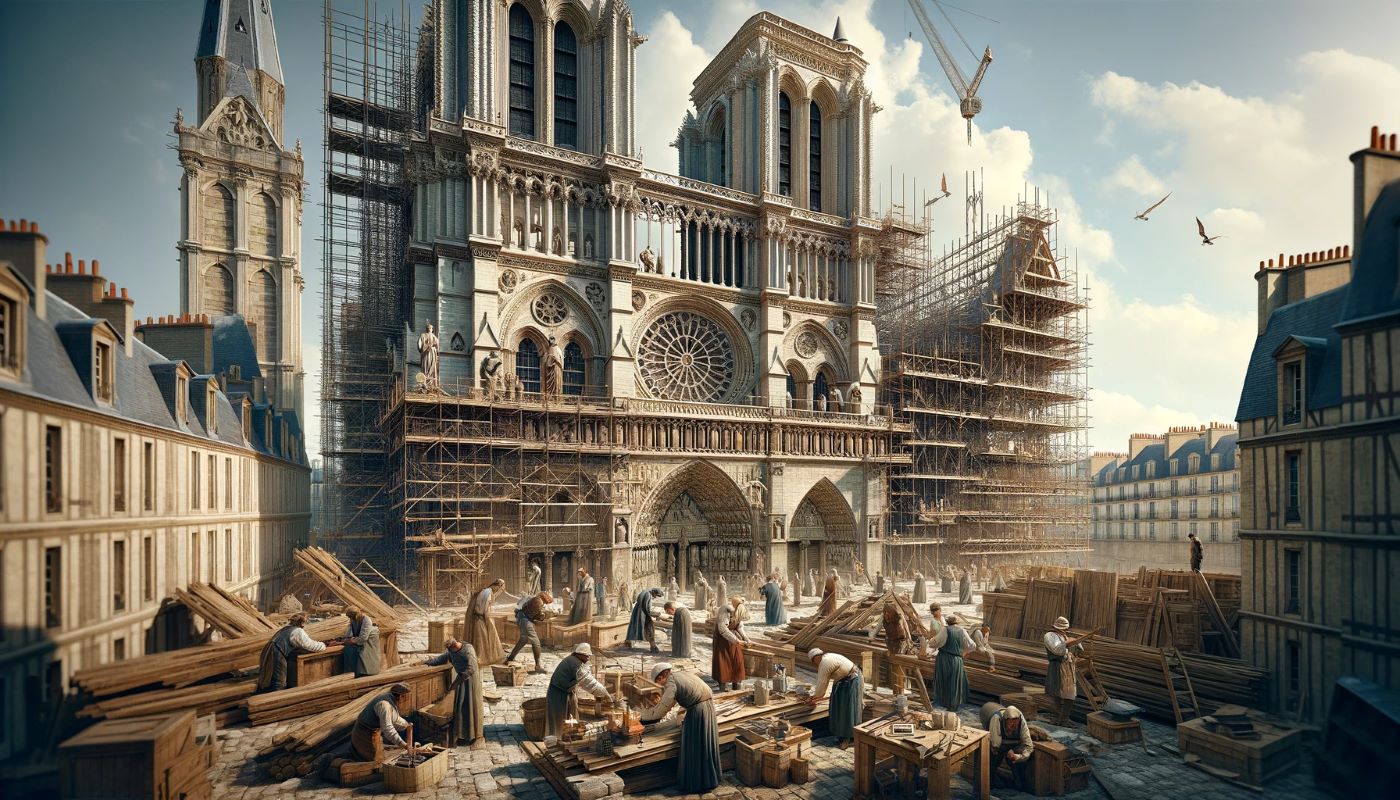Home>Arts and Culture>Who Owns Notre Dame Cathedral In Paris?
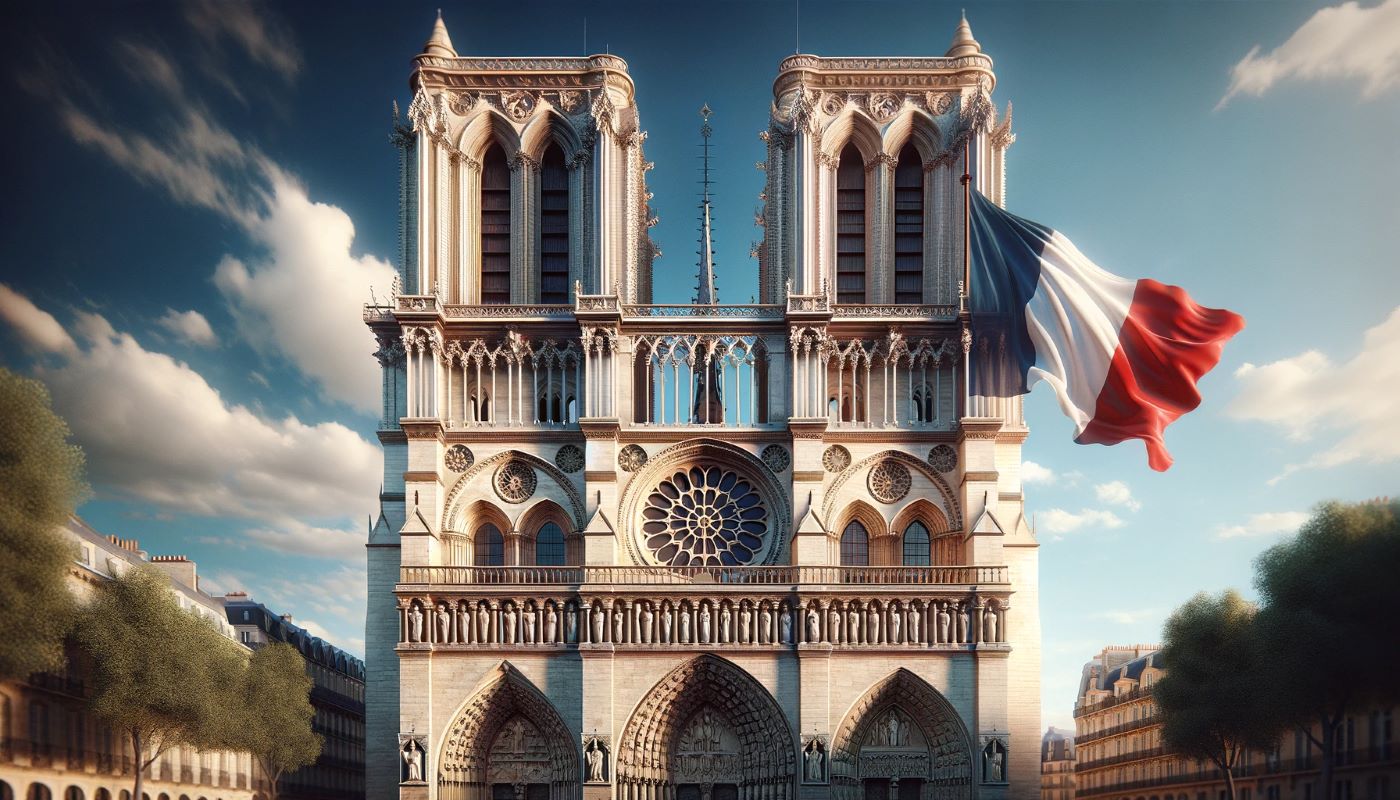

Arts and Culture
Who Owns Notre Dame Cathedral In Paris?
Published: February 17, 2024
Peter Smith, Editorial Director at Christian.net, combines deep insights into faith, politics, and culture to lead content creation that resonates widely. Awarded for his contributions to religious discourse, he previously headed a major organization for religious communicators, enhancing dialogue on faith's societal impacts.
Discover the ownership of Notre Dame Cathedral in Paris and its significance in arts and culture. Learn about the historical and cultural importance of this iconic landmark.
(Many of the links in this article redirect to a specific reviewed product. Your purchase of these products through affiliate links helps to generate commission for Christian.net, at no extra cost. Learn more)
Table of Contents
Introduction
Notre Dame Cathedral, a timeless symbol of Paris, stands as a testament to the architectural and artistic prowess of the medieval era. This iconic structure, with its awe-inspiring facade and rich historical significance, has captured the hearts and imaginations of people around the world. From its stunning rose windows to the majestic spire that once graced its roofline, Notre Dame Cathedral has been a beacon of art, culture, and spirituality for over eight centuries.
The cathedral's enduring allure lies not only in its breathtaking Gothic design but also in its profound cultural significance. It has witnessed centuries of historical events, serving as a silent witness to the rise and fall of empires, the tumult of revolutions, and the resilience of the human spirit. Its hallowed halls have echoed with the prayers of countless pilgrims, the melodies of sacred music, and the whispered secrets of the past.
As a living monument to the ingenuity and craftsmanship of the artisans who built it, Notre Dame Cathedral continues to inspire awe and reverence. Its intricate stone carvings, soaring arches, and intricate stained glass windows are a testament to the dedication and skill of the craftsmen who brought this architectural marvel to life.
In the wake of the devastating fire that engulfed Notre Dame Cathedral in 2019, the world watched in collective anguish as the spire collapsed and flames ravaged its ancient timbers. The outpouring of grief and solidarity from people of all walks of life underscored the cathedral's profound impact on global culture and heritage.
The restoration and preservation of Notre Dame Cathedral have become a rallying cry for art lovers, historians, and preservationists worldwide. The efforts to rebuild this cultural treasure have reignited a global conversation about the importance of safeguarding our shared cultural heritage for future generations.
In the following sections, we will delve into the rich history, ownership, management, and future plans for Notre Dame Cathedral, shedding light on the intricate tapestry of art, history, and stewardship that surrounds this beloved architectural masterpiece.
Read more: Who Owns Notre Dame Cathedral In France
History of Notre Dame Cathedral
Construction of Notre Dame Cathedral began in 1163 during the reign of King Louis VII and was completed in 1345. The cathedral's architectural style is predominantly French Gothic, characterized by its pointed arches, ribbed vaults, and flying buttresses. The visionary design of Notre Dame, attributed to Bishop Maurice de Sully and a team of skilled craftsmen, marked a departure from the earlier Romanesque style, ushering in a new era of architectural innovation.
Notre Dame Cathedral's construction was a monumental undertaking, requiring the labor of countless artisans, stonemasons, and craftsmen. The cathedral's imposing facade, adorned with intricate sculptures and ornate rose windows, reflects the unwavering dedication and meticulous craftsmanship of its creators. The iconic spire, which tragically succumbed to the ravages of fire in 2019, once soared above the cathedral as a testament to the ingenuity and artistry of medieval builders.
Throughout its storied history, Notre Dame Cathedral has borne witness to pivotal moments in French history. It was the site of Napoleon Bonaparte's coronation as Emperor of the French in 1804, a moment that echoed through the annals of European history. The cathedral also endured the turbulence of the French Revolution, during which it suffered desecration and the loss of many of its treasures. However, Notre Dame emerged from these trials as a resilient symbol of France's cultural heritage and spiritual legacy.
The cathedral's significance extends beyond its architectural grandeur. It has served as a sanctuary for worship, a repository of sacred relics, and a canvas for artistic expression. Its interior, adorned with stunning stained glass windows and intricate sculptures, has provided solace and inspiration to generations of visitors. The harmonious blend of spirituality and artistic achievement embodied by Notre Dame Cathedral has solidified its place as a cultural touchstone for Parisians and admirers from around the globe.
The history of Notre Dame Cathedral is a testament to the enduring power of human creativity and devotion. From its humble origins as a grand vision of Bishop Maurice de Sully to its enduring legacy as a symbol of resilience and renewal, the cathedral stands as a testament to the indomitable spirit of art and faith.
Ownership of Notre Dame Cathedral
The ownership of Notre Dame Cathedral has been a subject of historical and legal intricacy, reflecting the evolving dynamics of power, religion, and cultural heritage. Throughout its existence, the cathedral has been under the ownership of the French state, a status that has undergone various transformations over the centuries.
Since the French Revolution in the late 18th century, Notre Dame Cathedral has been classified as a "Monument Historique," signifying its status as a nationally significant heritage site. This designation places the cathedral under the ownership and stewardship of the French government, ensuring its preservation and protection for future generations. As a result, the responsibility for the maintenance, restoration, and overall management of Notre Dame Cathedral falls under the purview of the state.
The unique ownership structure of Notre Dame Cathedral underscores its dual role as both a place of worship and a cultural treasure of immense historical value. While the Catholic Church retains the right to perform religious ceremonies within the cathedral, the French state holds the legal ownership and oversight of its physical and structural integrity.
The relationship between the French government and the Catholic Church regarding the ownership and management of Notre Dame Cathedral reflects a delicate balance between secular governance and religious heritage. This intricate interplay of ownership and custodianship underscores the cathedral's multifaceted significance as a site of spiritual devotion, artistic splendor, and national pride.
The devastating fire that engulfed Notre Dame Cathedral in 2019 further underscored the complexities of its ownership and the shared responsibility for its restoration. The global outpouring of support for the cathedral's reconstruction highlighted its status as a cultural treasure of universal significance, transcending national boundaries and religious affiliations.
In the wake of the fire, the French government, in collaboration with private donors and international partners, launched an ambitious restoration project to ensure the cathedral's revival. This collective endeavor exemplifies the shared ownership of Notre Dame Cathedral in the broader context of global cultural heritage, emphasizing the collective responsibility to safeguard and preserve this architectural masterpiece for future generations.
The ownership of Notre Dame Cathedral encapsulates a profound intersection of history, art, religion, and national identity, reflecting the enduring resonance of this iconic landmark in the hearts and minds of people worldwide. As the cathedral embarks on a new chapter of restoration and renewal, its ownership continues to symbolize a shared commitment to honoring and preserving the legacy of this timeless architectural marvel.
Current Management of Notre Dame Cathedral
The current management of Notre Dame Cathedral encompasses a multifaceted approach to preserving its cultural, historical, and architectural legacy. Following the devastating fire in 2019, the management of the cathedral has undergone a comprehensive reevaluation, reflecting a collective commitment to its restoration and long-term stewardship.
The French government, as the legal owner of Notre Dame Cathedral, plays a pivotal role in its management and oversight. The Ministry of Culture, in collaboration with specialized heritage agencies, is entrusted with the responsibility of coordinating the restoration efforts and ensuring the cathedral's structural integrity. This involves meticulous planning, architectural assessments, and the implementation of innovative conservation techniques to safeguard the cathedral's iconic features.
Additionally, the management of Notre Dame Cathedral involves close collaboration with leading experts in art conservation, architectural restoration, and historical preservation. This interdisciplinary approach brings together a diverse array of professionals, including architects, archaeologists, conservators, and structural engineers, who work in tandem to devise a comprehensive strategy for the cathedral's rehabilitation.
Furthermore, the management of Notre Dame Cathedral extends to the realm of public engagement and outreach. The cathedral's significance as a cultural landmark necessitates a concerted effort to involve the public in its restoration journey. This involves educational initiatives, public forums, and transparent communication regarding the progress of the restoration project. By fostering a sense of collective ownership and responsibility, the management seeks to instill a profound appreciation for Notre Dame Cathedral's enduring legacy.
The Catholic Church, while not holding legal ownership of the cathedral, remains intricately involved in its management. The Archdiocese of Paris, in collaboration with appointed clergy and religious authorities, continues to oversee the spiritual and liturgical aspects of Notre Dame Cathedral. This includes organizing religious services, cultural events, and fostering a spiritual connection with the cathedral's visitors and worshippers.
Moreover, the management of Notre Dame Cathedral encompasses a global dimension, as the restoration efforts have garnered widespread international support. Collaborations with renowned cultural institutions, philanthropic organizations, and experts from around the world have enriched the restoration process, infusing it with diverse perspectives and expertise.
In essence, the current management of Notre Dame Cathedral embodies a harmonious convergence of governmental stewardship, expert guidance, public involvement, and international solidarity. This collective endeavor underscores the cathedral's status as a global cultural treasure and the shared commitment to safeguarding its legacy for future generations. As Notre Dame Cathedral embarks on a transformative path of renewal, its management reflects a profound dedication to preserving its timeless splendor and historical resonance.
Future Plans for Notre Dame Cathedral
The future plans for Notre Dame Cathedral encompass a visionary roadmap for its restoration, revitalization, and enduring legacy. Following the catastrophic fire that ravaged the cathedral in 2019, the collective resolve to rebuild this architectural masterpiece has given rise to a comprehensive strategy that transcends mere reconstruction. Instead, the future plans for Notre Dame Cathedral aspire to breathe new life into its ancient stones, ensuring that it continues to inspire awe and reverence for centuries to come.
Central to the future plans is the meticulous restoration of Notre Dame Cathedral's iconic features, including its majestic spire, intricate stone carvings, and irreplaceable stained glass windows. This endeavor demands a delicate balance between honoring the cathedral's historical authenticity and integrating innovative techniques to reinforce its structural resilience. Preservation experts, architects, and artisans are collaborating to meticulously recreate the cathedral's intricate details, drawing upon centuries-old craftsmanship and cutting-edge conservation methods.
Furthermore, the future plans for Notre Dame Cathedral extend beyond physical reconstruction to embrace technological advancements that will safeguard its legacy. This includes the integration of state-of-the-art fire prevention systems, climate control measures, and sustainable energy solutions to fortify the cathedral against future perils while minimizing its environmental impact. The fusion of tradition and innovation underscores the commitment to preserving Notre Dame Cathedral as a living testament to human ingenuity and resilience.
In addition to the restoration efforts, the future plans for Notre Dame Cathedral envision a renewed focus on public engagement and cultural enrichment. Educational programs, interactive exhibits, and immersive experiences will invite visitors to delve into the cathedral's rich history, architectural marvels, and spiritual significance. By fostering a deeper understanding of Notre Dame's cultural heritage, these initiatives aim to cultivate a sense of stewardship and appreciation among future generations, ensuring that the cathedral remains a vibrant symbol of art, history, and faith.
Moreover, the future plans for Notre Dame Cathedral embrace a spirit of inclusivity and global collaboration. The restoration project has sparked partnerships with international experts, cultural institutions, and philanthropic organizations, fostering a cross-cultural exchange of knowledge and expertise. This collective endeavor transcends geographical boundaries, uniting diverse voices in a shared commitment to safeguarding Notre Dame Cathedral's legacy as a beacon of human achievement and cultural unity.
As Notre Dame Cathedral embarks on this transformative journey toward renewal, its future plans embody a profound dedication to preserving its timeless splendor and historical resonance. The cathedral's revival is not merely a restoration of stone and mortar; it is a testament to the enduring spirit of art, faith, and human endeavor. In the years to come, Notre Dame Cathedral will stand as a testament to the unwavering resilience of the human spirit and the timeless power of cultural heritage.

